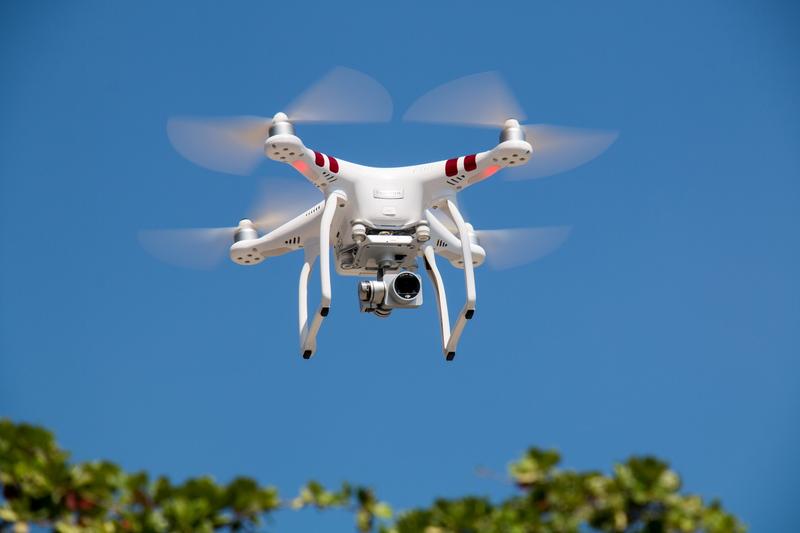Revolutionizing Agriculture: The Role of Spray Drones in Enhancing Efficiency and Precision

In the modern agriculture industry, the integration of technology has paved the way for groundbreaking advancements. One of the most significant innovations is the use of spray drones, which are transforming how farmers manage their crops. These drones offer unparalleled efficiency and precision, embodying a new era of agriculture optimization.
Spray drones are equipped with high-tech spraying systems, enabling them to deliver fertilizers, pesticides, and other critical substances directly onto crops. Unlike traditional methods, which often result in wastage or uneven distribution, drones ensure every inch of the farmland receives an adequate amount, maximizing crop yields and minimizing environmental impact. The precision offered by spray drones is unmatched; their ability to access remote areas and cover large fields swiftly makes them invaluable tools for farmers.
The Advantages of Spray Drones
One of the primary advantages of using spray drones is efficiency. These drones can cover hectares of land in a fraction of the time it would take a ground-based sprayer, allowing farmers to allocate their resources elsewhere and save on labor costs. Furthermore, drones operate on an automated schedule, ensuring each crop cycle receives optimal care and attention.
Another critical benefit is precision. Modern drones are equipped with GPS and sophisticated sensors that can detect crop health and determine the exact amount of chemicals needed. This precision minimizes chemical use, reducing costs and lessening harmful environmental impacts. The ability to map out fields and fly strategically ensures uniform application and optimal crop health.
Challenges and Considerations
Despite their advantages, spray drones come with challenges that need addressing. The initial investment in these drones can be significant, which may pose a barrier for smaller farmers. However, over time, these costs are balanced by reduced labor and chemical expenditures. Additionally, operating these drones requires skilled personnel, emphasizing the importance of training and education within the agriculture sector.
The Future of Spray Drones in Agriculture
Looking ahead, the potential of spray drones in agriculture is immense. As technology continues to evolve, drones will become even more sophisticated, integrating AI and machine learning to predict disease outbreaks and suggest preventive measures. This innovation will likely result in even better yields and healthier crops, transforming farming into a highly optimized, technology-driven industry.
Farmers across the globe are beginning to understand the value of spray drones, transitioning from traditional practices to embrace this futuristic approach. With the pressure on agriculture to produce more sustainably and efficiently, spray drones will inevitably become mainstream, driving the next wave of agricultural revolution.
Frequently Asked Questions
Can spray drones be used in all types of farming?
Spray drones are versatile and can be used in most types of farming. However, their efficacy depends on the crop and land size. Farmers need to assess these factors before investing in drone technology.
What are the maintenance requirements for spray drones?
Spray drones require regular maintenance to ensure optimal performance. This includes checking their spraying systems, battery life, and software updates. Proper maintenance makes them reliable and extends their lifespan.
How do spray drones compare to traditional methods?
Compared to traditional methods, spray drones offer improved precision and efficiency. They minimize chemical use and labor costs while maximizing crop yield and field coverage. However, initial costs and training requirements can be higher.